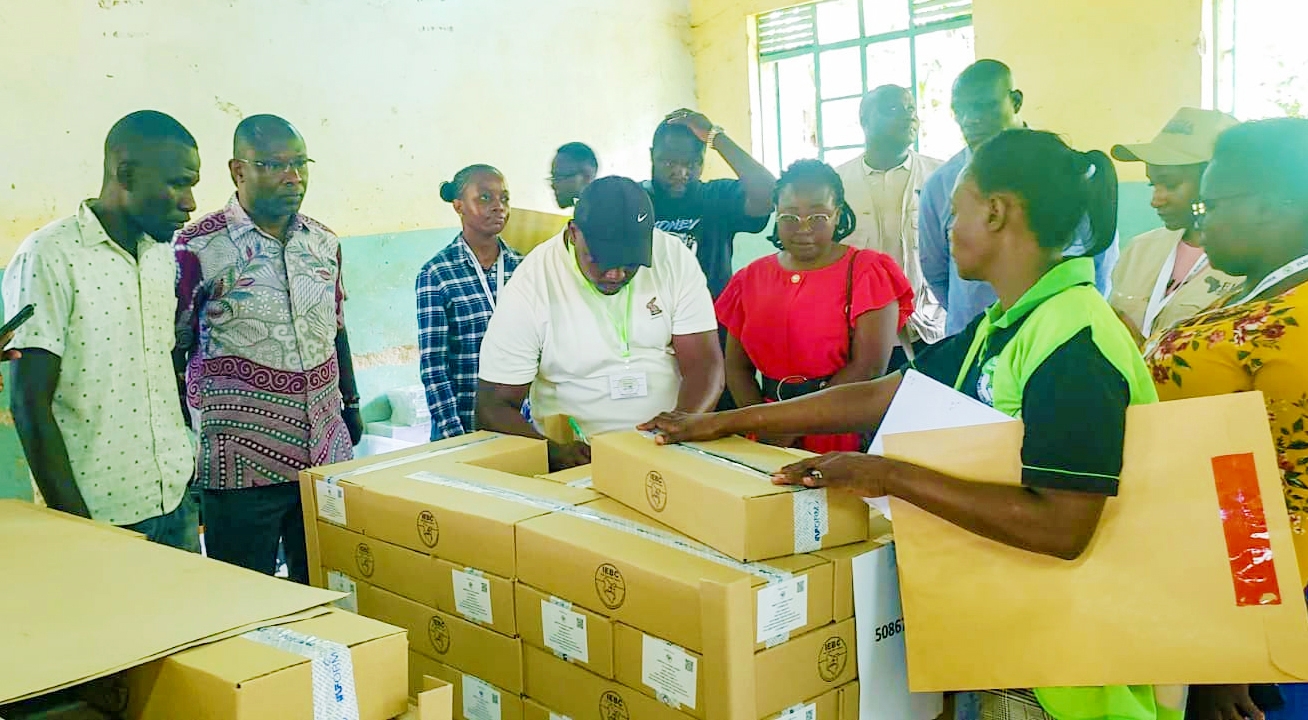A new study has shown that only 46 group ranches have successfully transitioned into community land nationally, representing 14.6 per cent.
The study ‘monitoring transition of group ranches to community land in Kenya’ shows that there were 315 undissolved group ranches at the time of enacting the Community Land Act 2016.
The study was started by the National Land Commission in collaboration with Namati in 2021 and concluded in May this year.
The launch of the study on Tuesday was attended by among others Lands PS Nixon Korir, who represented CS Zachariah Njeru, NLC Board chairman Gershom Otachi, CEO Kabale Tache and a host of commissioners.
Others were Namati land and environment director Justice Eileen Wakesho, Namati Board chairperson Husna Mbarak, Environment and Land Court presiding judge Oscar Angote and Kilgoris Environment Land Court judge Emmanuel Washe.
NLC collaborated with Namati to monitor the transitioning of group ranches to community land.
The research targeted county executive members, land officers from state department of land, members of the community and community land management committees.
Sixteen heterogenous focused group discussions representing 16 undissolved group ranches were conducted and 149 participants sampled from both community members and community land management committees.
Korir said a lot still needs to be done to transition more group ranches into community land.
The study was carried out in four counties of Laikipia, Samburu, Kajiado and West Pokot.
In Kenya, more than 60 per cent of all land mass is communal.
The study found out that the slow rate of progress is due to conflicts and disputes within and among the group members (39.7%), financial constraints (22.5%), inadequate information on processes and procedures (20.6%) and challenges related to the registration processes (17.2%).
To solve the boundary puzzle, Korir said there is need for geo-referencing as opposed to using things such as valleys, hills, rivers as boundary marks.
The study shows that Baringo has four undissolved group ranches. None of them has transitioned while one group ranch is undergoing subdivision.
The report shows that Kajiado has two undissolved group ranches, while 13 are undergoing subdivision.
Kilifi has six undissolved and none of them has transited while Kitui has four undissolved.
Narok has 239 undissolved group ranches, with none having transited while 23 are undergoing subdivision.
Securing community land rights is central to the achievement of sustainable human-environment interactions and fundamental for achievement of sustainable development goals.
Kenya Land Alliance CEO Faith Alubbe said the registration will support communities to be able to negotiate better.
“This is especially in context where multinationals want to set up investments on their land because the Community Land Act of 2016 provides for community benefits sharing and allows communities to invest and make decisions on how they can use their land for economic justice,” she said.
Alubbe said the alliance is happy the ministry is now taking a pivotal role in registering community land.
The move is also crucial in pursuit of international commitments on climate, biodiversity and a myriad of other social and environmental imperatives.
Washe said there is an urgent need for geo-referencing of boundaries.
He said some group ranches have entered into agreement with investors for leases running into 90 years.
Angote called for the utilisation of alternative dispute resolution to resolve challenges, saying the Judiciary will help by training elders on the same.













